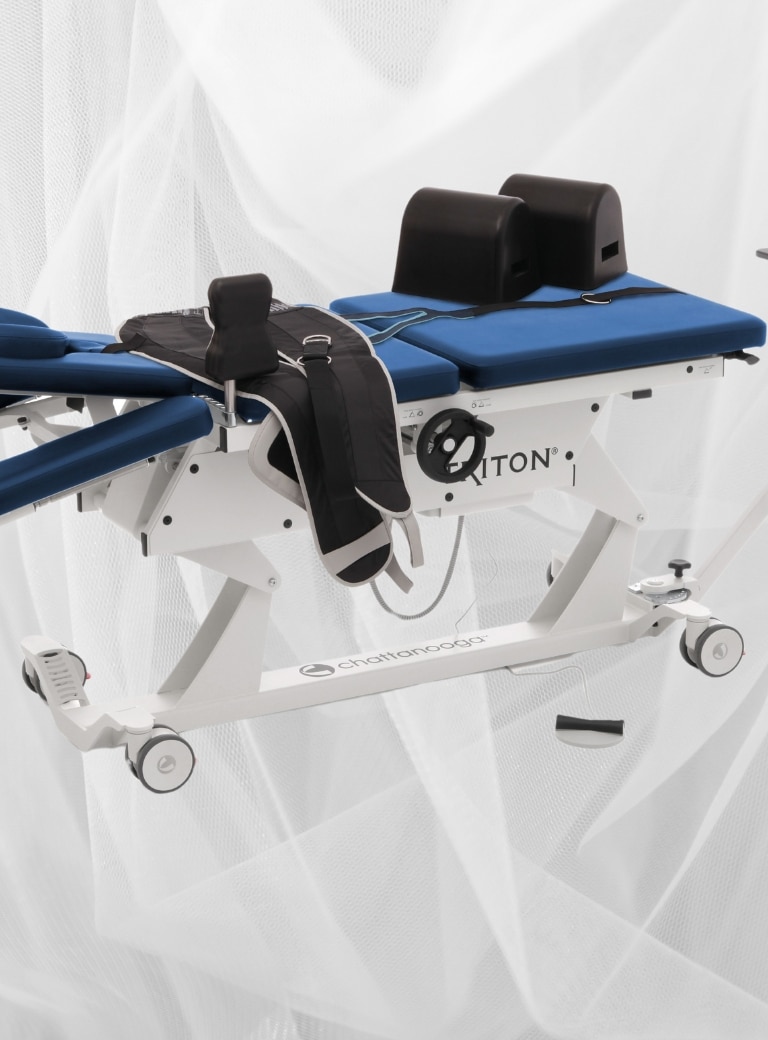Decompression Therapy
Decompression Therapy Services in Plainfield

Decompression Therapy
What is Decompression Therapy?
Decompression therapy is a highly effective treatment for individuals suffering from chronic back or neck pain, especially when other methods like rest, exercise, or medication haven’t provided lasting relief. During the procedure, the spinal discs are gently stretched, which can help to reposition discs that have slipped or herniated, alleviating nerve compression. This technique not only reduces pain but also accelerates the body’s natural healing process by increasing circulation and reducing inflammation. Whether you’re dealing with bulging discs, degenerative disc disease, or other spinal conditions, decompression therapy offers a safe, drug-free alternative that can improve both comfort and quality of life.
Conditions Decompression Therapy Can Help With:
Decompression therapy is a non-invasive treatment often used for spinal issues. It’s designed to relieve pressure on the spine and surrounding nerves. Common conditions that decompression therapy can help with include:
- Herniated or Bulging Discs: Decompression can relieve the pressure on the disc and spinal nerves, helping to reduce pain and inflammation.
- Degenerative Disc Disease: As discs in the spine wear down over time, decompression therapy can promote healing by increasing blood flow to the affected area.
- Sciatica: When a herniated disc presses on the sciatic nerve, decompression can alleviate pain that radiates down the leg.
- Spinal Stenosis: Decompression can help by creating more space in the spinal canal, potentially easing symptoms of nerve compression.
- Facet Joint Syndrome: This condition involves inflammation of the joints between the vertebrae. Decompression can reduce pressure on these joints, helping to decrease pain.
- Pinched Nerves: Nerves can get pinched by discs or other spinal structures. Decompression therapy can reduce that pressure and relieve pain, numbness, or tingling.
What Happens At A Decompression Therapy Appointment?
At a decompression therapy appointment, the process typically involves several steps, depending on the type of decompression being performed (e.g., manual or mechanical) and the equipment used. Here’s a general overview of what you can expect during a typical session:
- Initial Evaluation:
- Consultation: Before starting therapy, you’ll likely have a consultation with the practitioner (a chiropractor, physical therapist, or other healthcare provider). They’ll review your medical history, symptoms, and any relevant imaging (like X-rays or MRIs).
- Assessment: The provider may perform a physical exam to assess your spinal health, posture, and movement to determine if decompression therapy is appropriate for your condition.
- Positioning on the Decompression Table:
- Mechanical Decompression: For mechanical spinal decompression, you’ll lie on a specialized treatment table. The table may have adjustable sections, depending on the area being treated (e.g., cervical or lumbar spine).
- Cervical Decompression: If treating the neck (cervical spine), a harness or support system will be placed around your head and neck.
- Lumbar Decompression: For lower back issues, a harness will be placed around your pelvis and lower back.
- Adjusting the Therapy Settings:
- The decompression machine will be set to a specific angle and force, tailored to your condition. The settings will determine how much traction or stretching is applied to the spine.
- You may be asked about your comfort levels, as the practitioner adjusts the tension to achieve the desired effects.
- Decompression Process:
- The machine will gradually stretch and release pressure on the spine. This may occur in cycles—some periods of stretching followed by brief relaxation.
- The goal is to create negative pressure within the affected discs, which can help retract bulging discs, reduce pressure on nerves, and promote blood flow to the area for healing.
- The session usually lasts between 20 to 30 minutes, though it can vary based on your condition and the protocol being followed.
- Post-Therapy:
- Once the session is completed, the practitioner may assess how you’re feeling and check for any immediate changes in your symptoms.
- In some cases, light stretching, gentle massage, or other therapies may be used after decompression to enhance the effects and improve mobility.
- Follow-up:
- Decompression therapy typically requires multiple sessions, often spread out over weeks. The practitioner will outline a treatment plan based on your condition, and progress will be monitored over time.
- Depending on the severity of your condition, you may also be given exercises or stretches to do at home to support the therapy.
By integrating decompression therapy with chiropractic care, we work to address the root cause of your pain and help you achieve long-term relief and improved physical health
